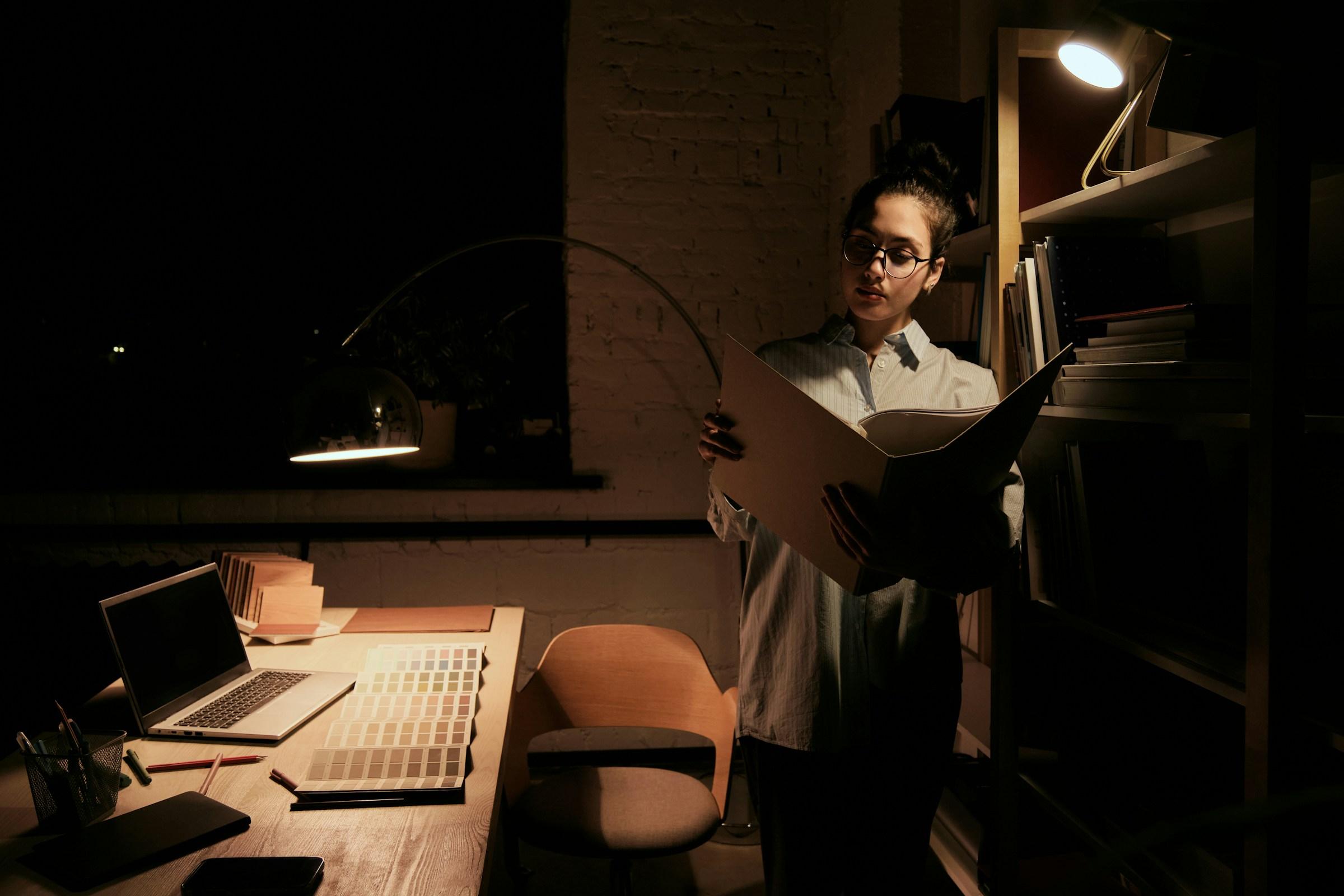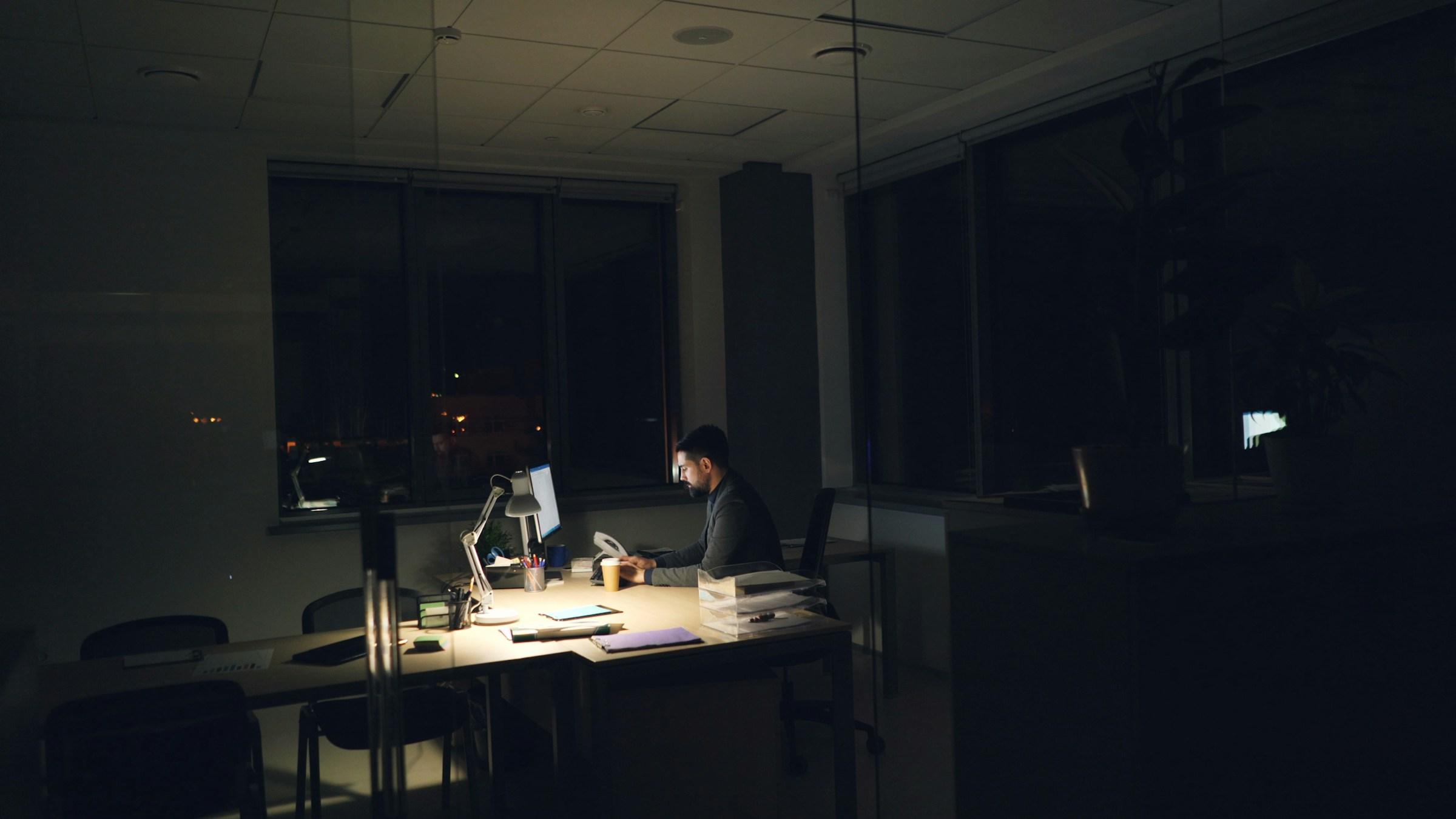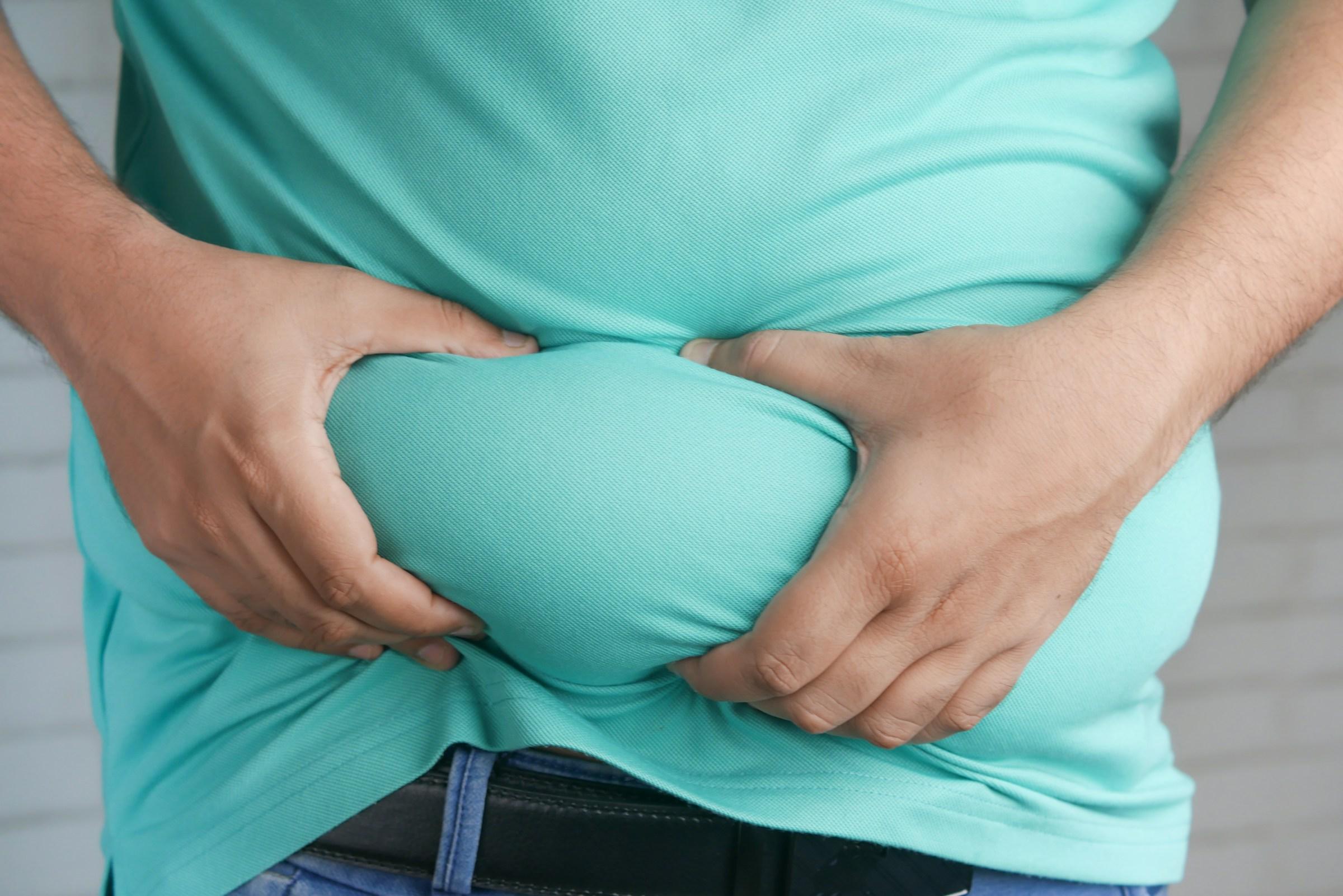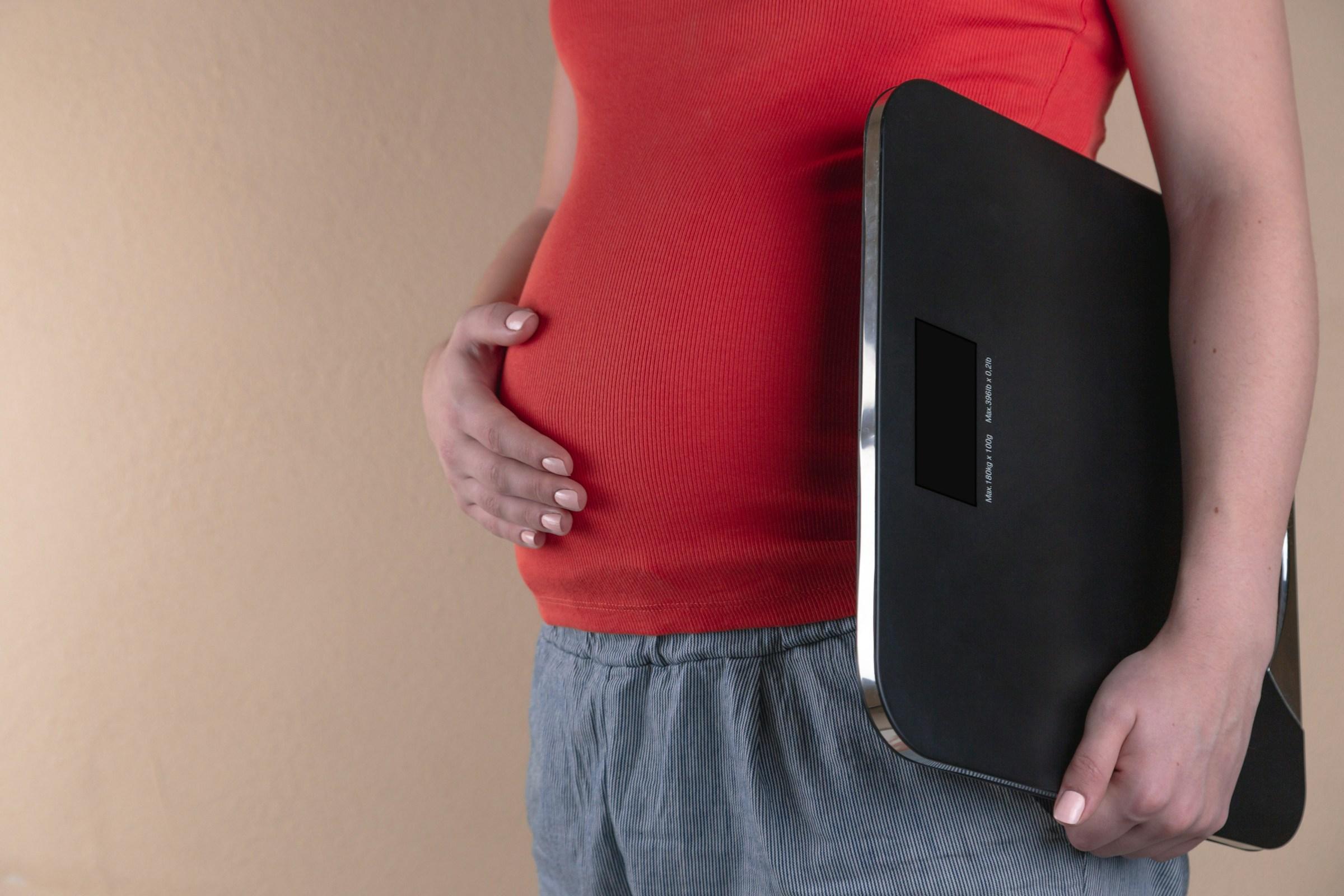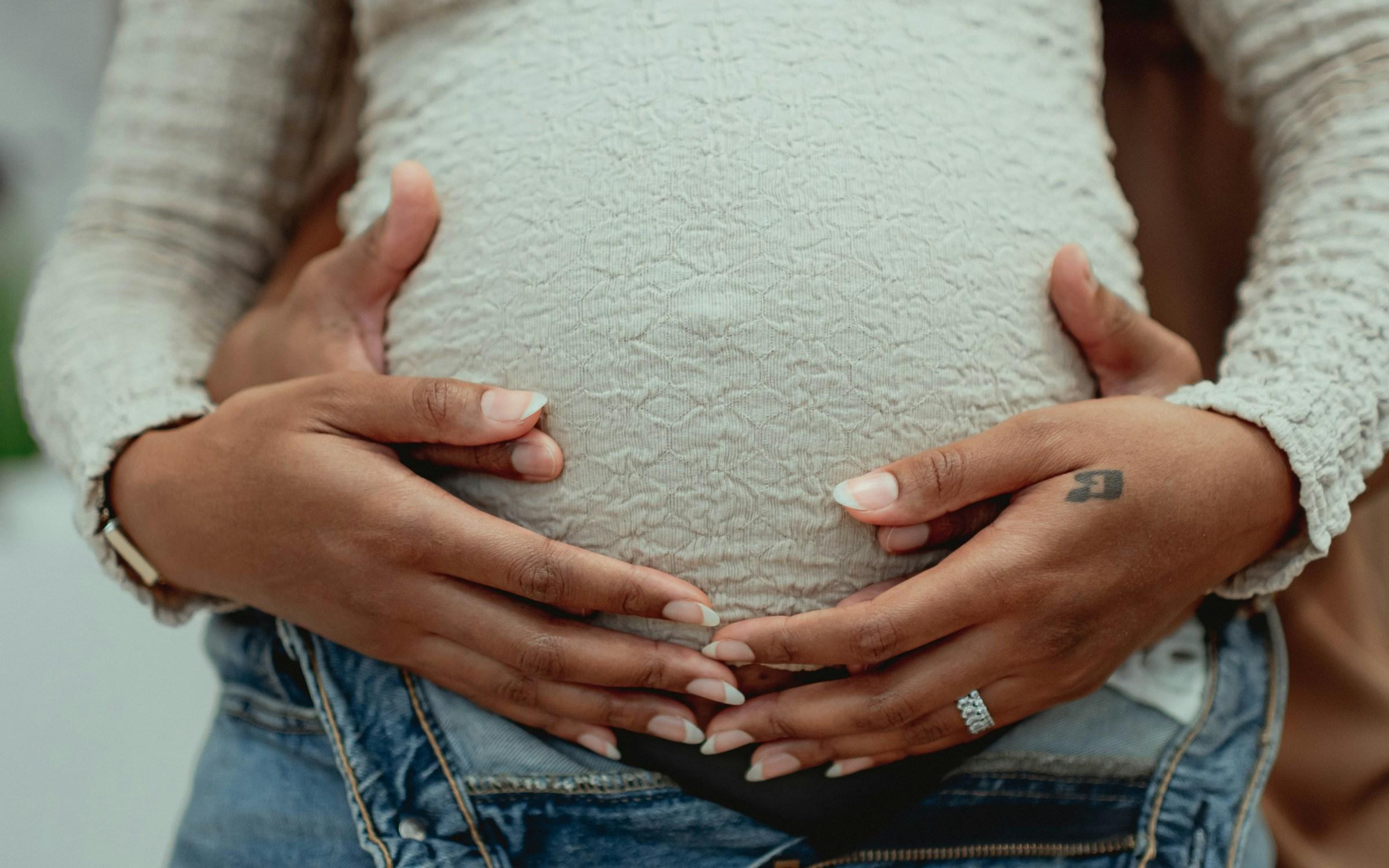The question sounds simple, yet the answer is layered with life, context, and home rhythm. Some parents feel stronger with a second or third baby because they know their body and they have systems in place. Others feel every step heavier, not only because of age or physiology, but because there is already a small person tugging at their sleeve while a pot simmers and the laundry hums. The honest answer is this. Each pregnancy is different on your body, and it often feels harder when your life has less space. The body negotiates with time, rest, and support. Your home can help it win.
Think of pregnancy as a quiet rework of your domestic blueprint. Balance shifts, joints loosen, blood volume rises. None of these changes are errors. They are your body building a temporary architecture that stretches to hold new life and then slowly returns to baseline. What makes the second or third round feel tougher is not only biology. It is the friction of routine, the missing margin, the way a day fills with tasks that do not pause just because you need to lie down for ten minutes. When people ask, Is each pregnancy harder on your body, they often mean, How do I keep living while my body asks for more care. The answer lives in design more than in discipline.
Start with the room that carries your mornings. A kitchen that once worked on autopilot may now need gentle staging. Place a fruit bowl at eye level, not tucked behind condiments. Keep a water carafe where your hand lands first. Put prenatal supplements next to the kettle so they follow the ritual of tea, not the ritual of guilt. Move heavy cookware to waist height. Pregnant bodies prefer neutral lifting, and what used to be a quick reach to a low drawer can feel like a negotiation with your pelvis. These tiny changes cut micro stress that stacks across hours. Less strain feels like less difficulty, even when the biology is doing the same big job.
In the living space, think about rhythm, not furniture. A firm seat with arms gives you leverage to stand, while a low, plush sofa can trap you in softness that is hard to exit. Layer textures that support cooling and comfort. A breathable throw, a lumbar cushion, a footstool that shifts weight away from hips and lower back. When you are parenting a toddler at the same time, create a floor zone that invites play close to where your body wants to rest. A soft rug and a basket of toys within reach let you supervise while you lie on your side and take pressure off your sacrum. Recovery is not only postpartum. Recovery is a daily micro practice during pregnancy, and your room can participate.
Sleep changes with every trimester, and with every child in the house. The old advice to sleep when the baby sleeps applies to pregnancy too, but real life rarely cooperates. Give your afternoon a soft checkpoint. Close a light blocking curtain. Switch a lamp to warm tone. Keep a small pillow for knees or underbelly tucked into the sofa so a twenty minute lie down becomes easy instead of dramatic. Consider a cooling mattress pad if you run hot. Frame this as home design, not indulgence. When the body is building and carrying, temperature comfort is performance equipment. A cooler nervous system means deeper rest, and deeper rest means a day that feels lighter.
Movement also benefits from small design choices. A yoga mat leaning in sight is more likely to be used than one that lives under a bed. A stable chair becomes a barre for calf raises while the kettle boils. A resistance band travels from bedroom door to living room basket, reminding you to open your back and hips in gentle arcs. None of this replaces medical advice or a structured plan from a trainer who understands prenatal physiology. It simply lowers the friction to move, which protects circulation, mood, and joint health. In later pregnancies, when time is thin and a toddler wants a snack at the same moment you crave stillness, these micro invitations to move keep the day from stiffening.
Another reason a subsequent pregnancy can feel heavier is cumulative load, the long work of care that the body absorbs without complaint until it suddenly speaks. Pelvic floor muscles may already be adapting from a previous birth. Feet may have changed shape. Core coordination may be different, not weaker, just different. Invite expertise into your home flow early. Book a check in with a pelvic health physiotherapist. Practice breath that matches daily tasks. Exhale to lift a child, not to brace and hold. Stack groceries into small bags, not one heavy one, and shift them onto the counter in two steps. The home can stage good mechanics, and good mechanics make the same chores feel like less weight.
Sustainability has a place in this story too. Reusing baby gear is both eco friendly and emotionally grounding. It turns a new pregnancy from a shopping project into a ritual of care. Wash the carrier and check the buckles. Refresh the stroller tires and reposition clips so you are not twisting while fastening. Swap scented detergents for a gentle unscented soap that reduces sensory fatigue. Keep a small repair kit for loose screws and fraying straps. Mending is quiet power. It says you are building for use, not display, and that mindset reduces the pressure to stage a perfect nursery during weeks when your body wants consistency more than novelty.
Food becomes easier when the kitchen supports batching. A rice cooker with a timer, a small pot of soup that thickens into tomorrow’s stew, a jar of tahini dressing that turns plain vegetables into lunch. Stock snacks that live at knee height so a toddler can help themselves while you plate your own. If nausea is part of your first trimester, pre position dry crackers by the bed and a sealed bin for citrus peels in the fridge so morning scents do not fill the room. This is design in service of energy, and energy in service of mood. Many people report that later pregnancies feel harder because there is less quiet to buffer discomfort, so reduce the decision load wherever possible.
Noise matters, not just for sleep, but for hormones that influence stress and digestion. Choose one room to be sound gentle in the evening. Replace a loud metal bin with a soft close one. Add felt pads beneath chair feet. Use a small rug to absorb clatter. Turn down phone notifications after dinner unless you are on call. If you are caring for an older child, narrate the quiet as a family ritual. We keep the lights low after seven. We use our library voices until bedtime. Boundaries written into space make it easier to protect your nervous system without a constant stream of self talk. Boundaries do not only live on screens. They can live in lamp switches and drawer liners and the choice to batch laundry before noon.
Storage is another lever. Pregnancy invites generosity from others, which can arrive as piles of tiny clothes and gadgets you never planned to use. Place a clearly labeled donate box in a closet. When something does not fit your life or your values, move it there immediately and pass it on weekly. Less clutter is not an aesthetic obsession here. It is body care. It shortens chores and clears paths, which lowers trip risk when your center of gravity is changing. It gives you space to turn, to breathe, to carry a bump and a basket without catching a hip on a table corner.
Pain is feedback, not a test. If stairs feel like a steep story, move the items you need most onto one level for a few months and let that be okay. If the shower feels slippery, add a mat and a stool. If cooking at the stove tightens your back, set a timer that reminds you to lean, breathe out, and reset your posture. Each of these is a micro permission that tells your body it can do a big job without pretending it is not big. The question Is each pregnancy harder on your body becomes less about fate and more about margin. The more margin you create in your home, the less friction your body has to absorb.
Community also shapes the answer. If this is your first pregnancy, you may have more time but less practical knowledge. If it is your second, you may have wisdom but fewer empty hours. Invite help that fits your values and budget. A neighbor who trades an hour of child playtime for a batch of muffins. A friend who does a grocery run while you nap. A family calendar that shows which evenings include bath duty for someone else. Mutual aid is eco living at a human scale. It reduces car trips and single use deliveries. It also settles your nervous system, which is the foundation that makes discomfort feel manageable.
Postpartum begins before birth, and planning for it makes late pregnancy feel less like a cliff. Set up a rest corner with a water bottle, perineal care kit, a charger, a soft night light, and a place to park a basket of clean muslins. Stock the freezer with food you actually want to eat. Label containers with clear dates so you do not have to remember how long something has been there. Place a gentle reminder list near the door for visitors who ask how to help. Take out the trash, fold a load of laundry, wipe the bathroom sink. When the runway is smooth, landing feels kind. That kindness can soften how hard the final weeks feel.
Emotion connects to space. A small vase on the table with one or two stems can shift the mood of a room without turning your home into a project. A playlist without lyrics can loosen a tight jaw. A dimmer switch can turn evening into an exhale. None of this solves medical challenges, and it should not attempt to. It sets the scene for listening. A body that is heard does not shout as loudly. When you keep hearing it, you catch the signal to slow down before the ache gets sharp.
If you are returning to pregnancy after loss or a long gap, your home may carry memories that are tender to touch. Clear one shelf and curate it with intention. A scan photo, a letter to yourself, a stone from a walk. Protect it from daily spillover. This is not about aesthetic perfection. It is about making space for hope without pushing away fear. When the emotional body is held, the physical body finds it easier to rest.
There is no rule that says each pregnancy must be harder. There is also no prize for pretending an easier experience is universal. Bodies change. Seasons of life change. Apartments change. Commutes change. The most stable thing you can offer yourself is a system that adjusts with you. Rotate tasks with your partner. Place items where your future self can reach them without twisting. Say yes to help that feels aligned, and no to advice that turns your home into a showroom rather than a sanctuary.
If you treat your space like a co parent, the work starts to share itself. A chair becomes a helper. A basket becomes a pause button. A dimmer becomes a boundary. The story of whether the second or third pregnancy is harder is often the story of how your home and your circle hold you. Build for less friction. Build for softer evenings. Build for meals that make you feel steady. Build for naps that do not need planning. Build for a recovery that begins now, not later.
Every pregnancy asks you to re design, not to prove resilience. The quiet shifts you make in how you set a room or stock a pantry are not small. They are the shape of care that accumulates, day after day, into a body that feels supported rather than stretched thin. If you are wondering whether the next pregnancy will be harder, look around you. The answer might be waiting in how you place your lamp, where you store your heavy pan, and who has a spare key for the afternoon you choose to sleep. Your home already knows how to help. Give it permission, and let it breathe with you.




